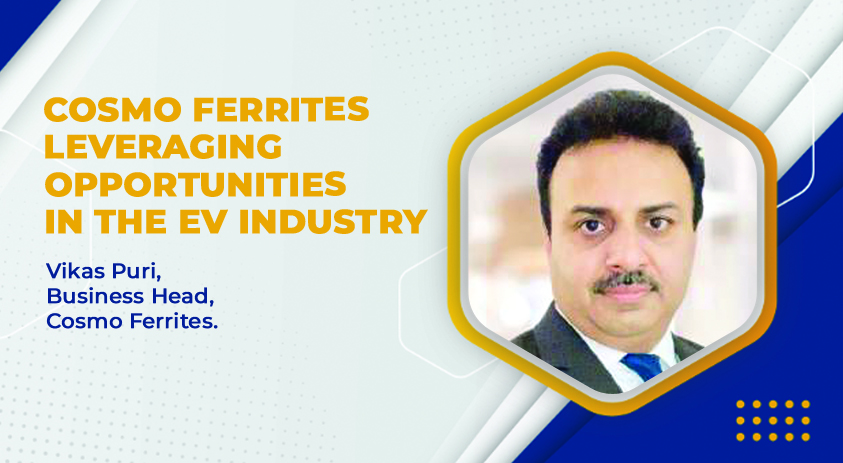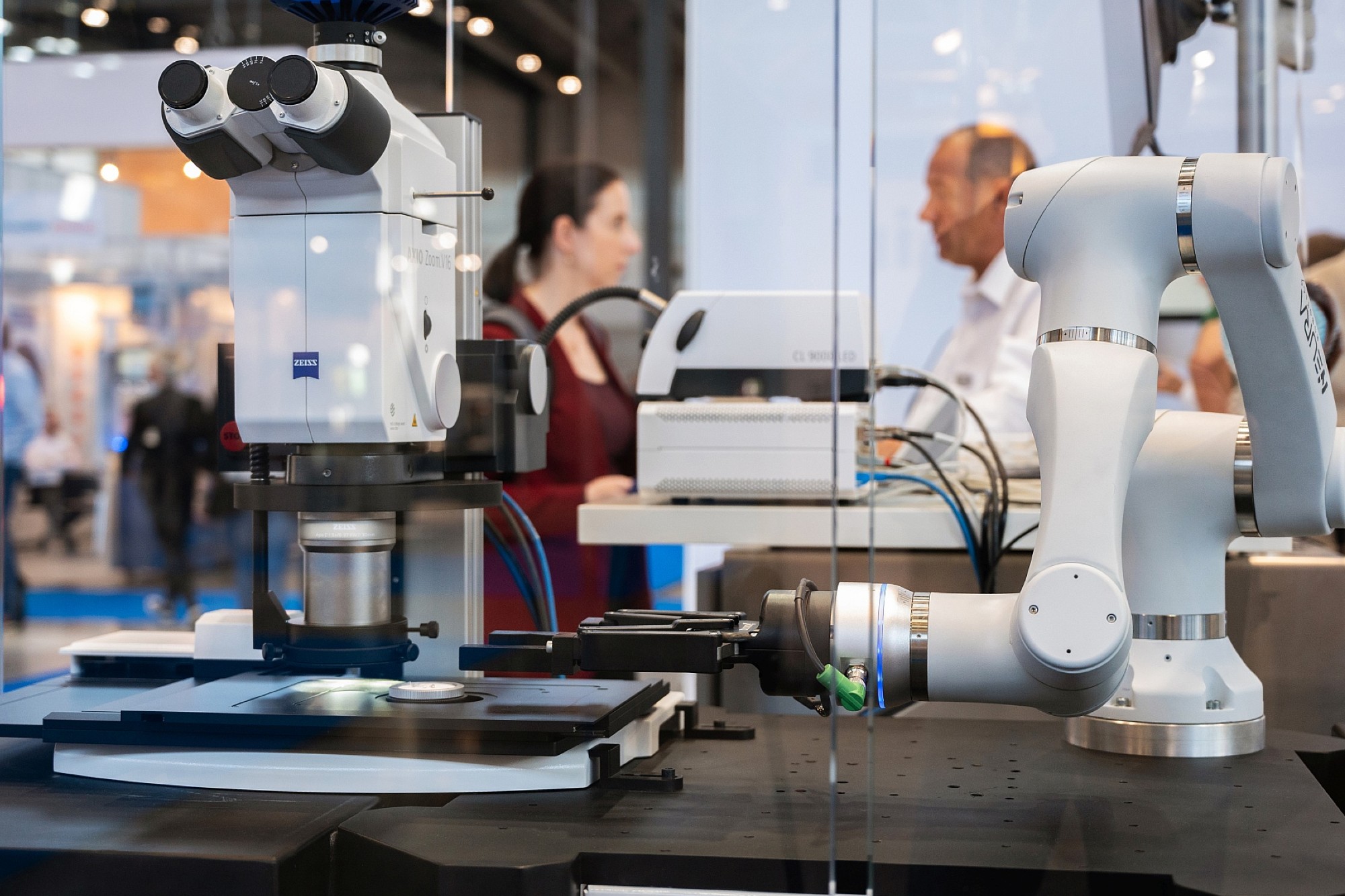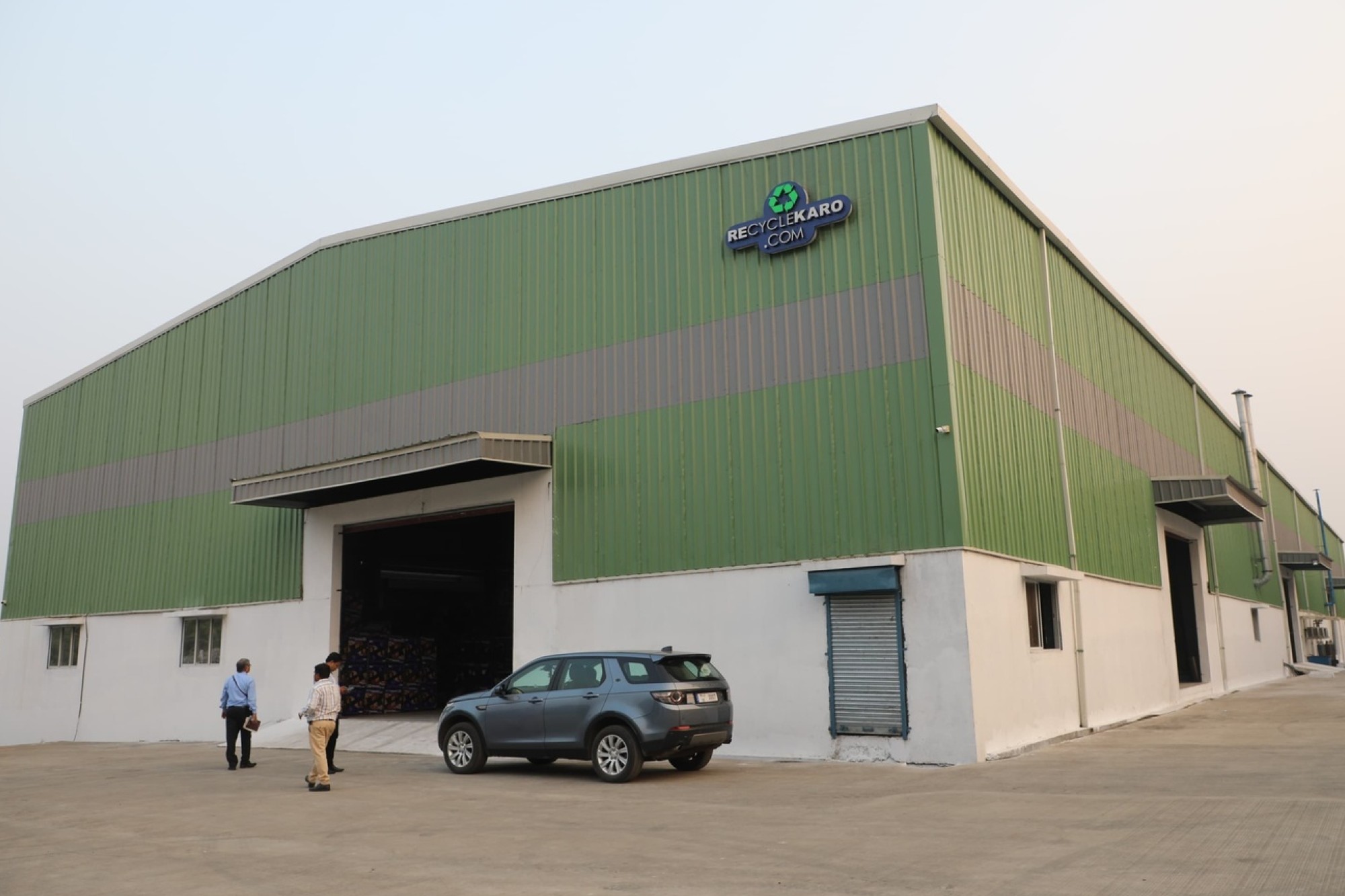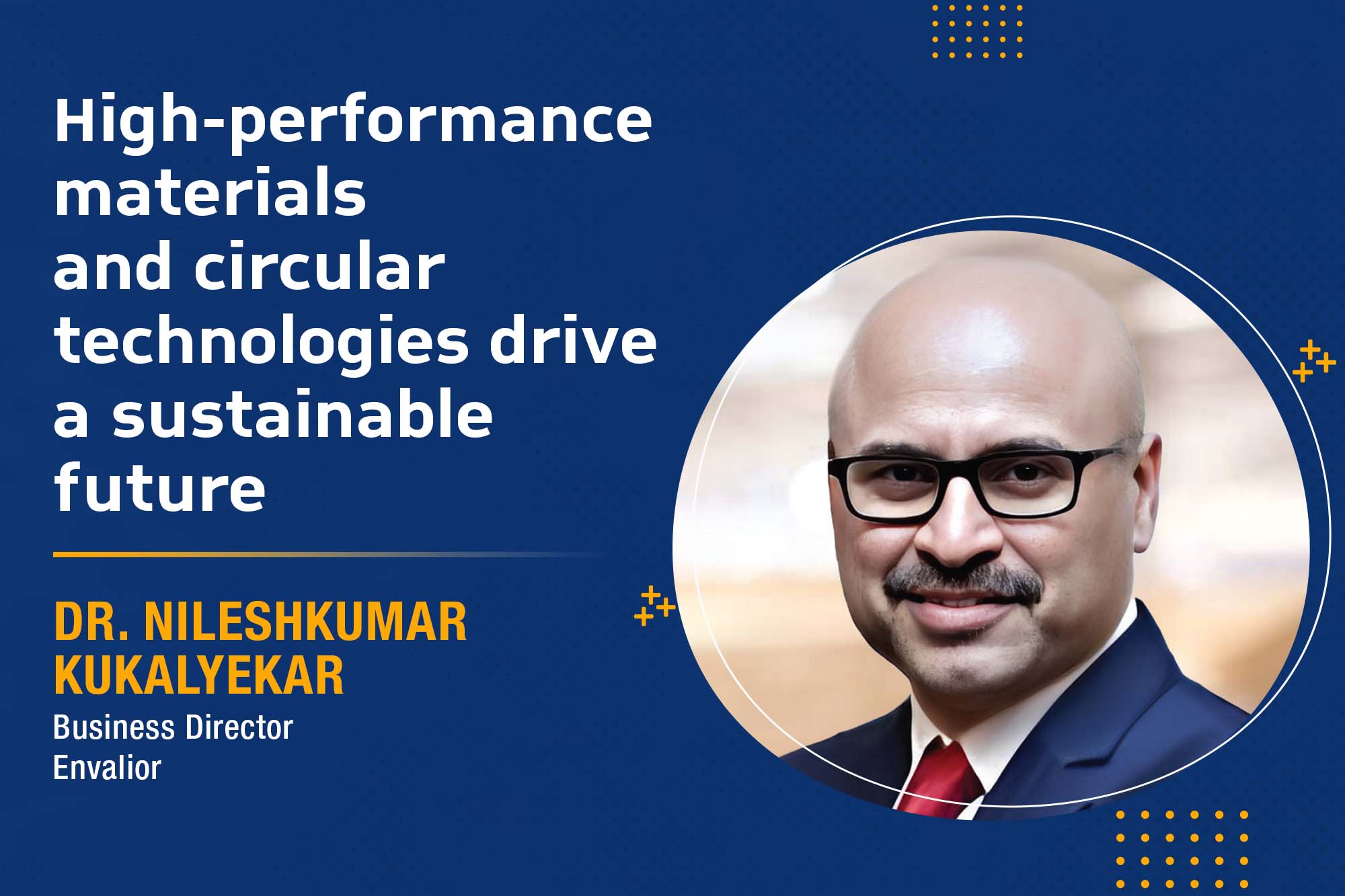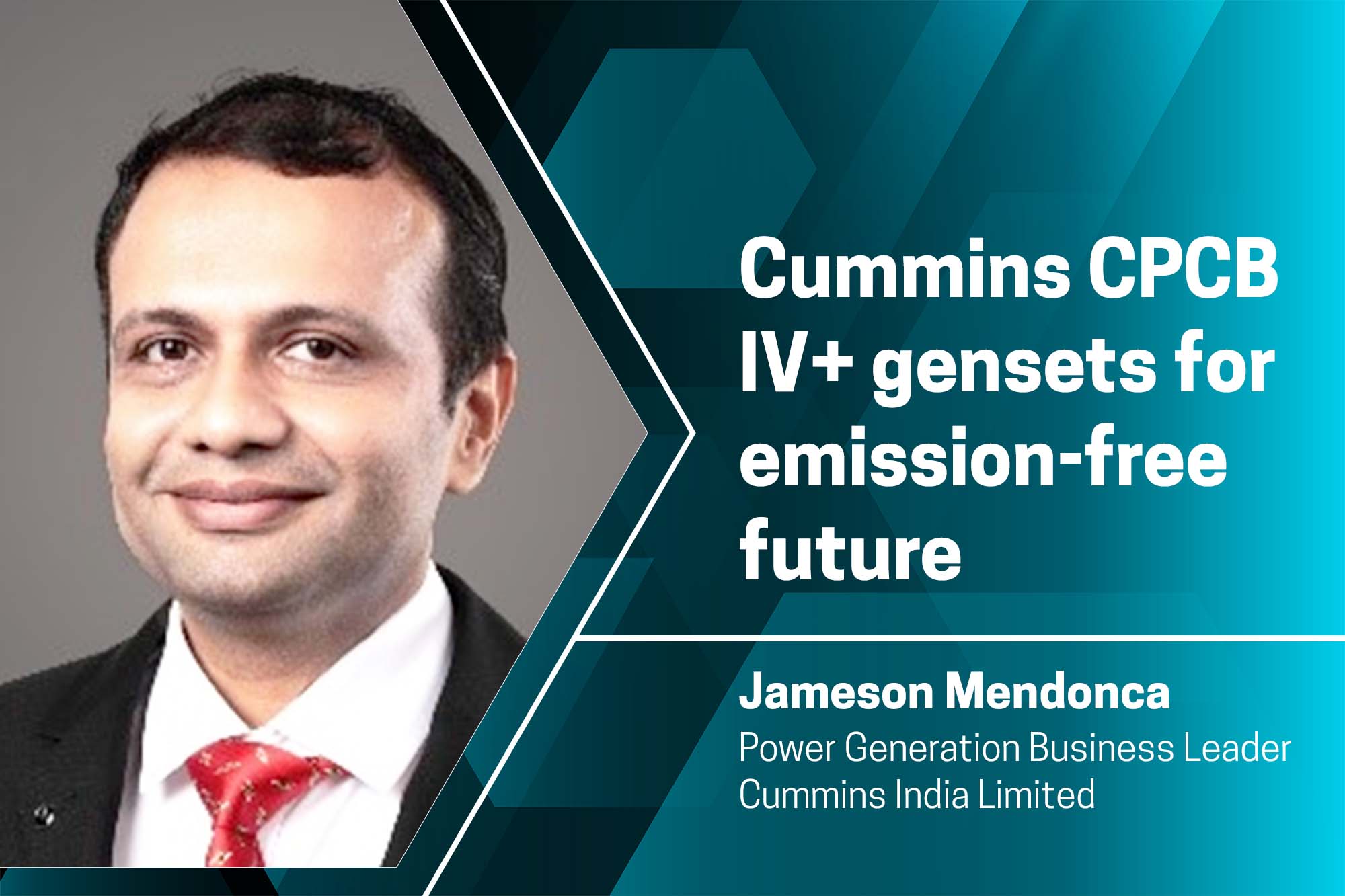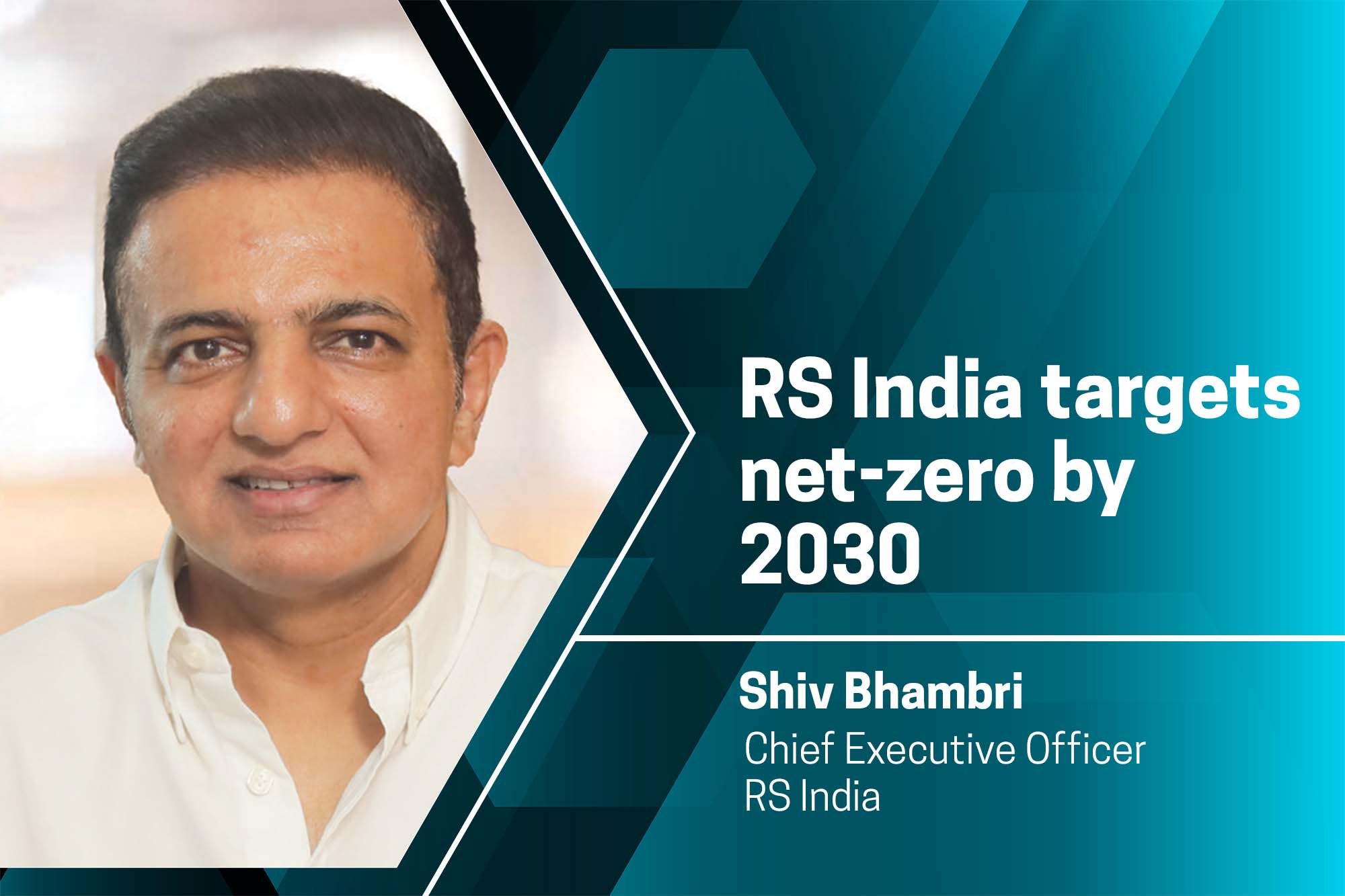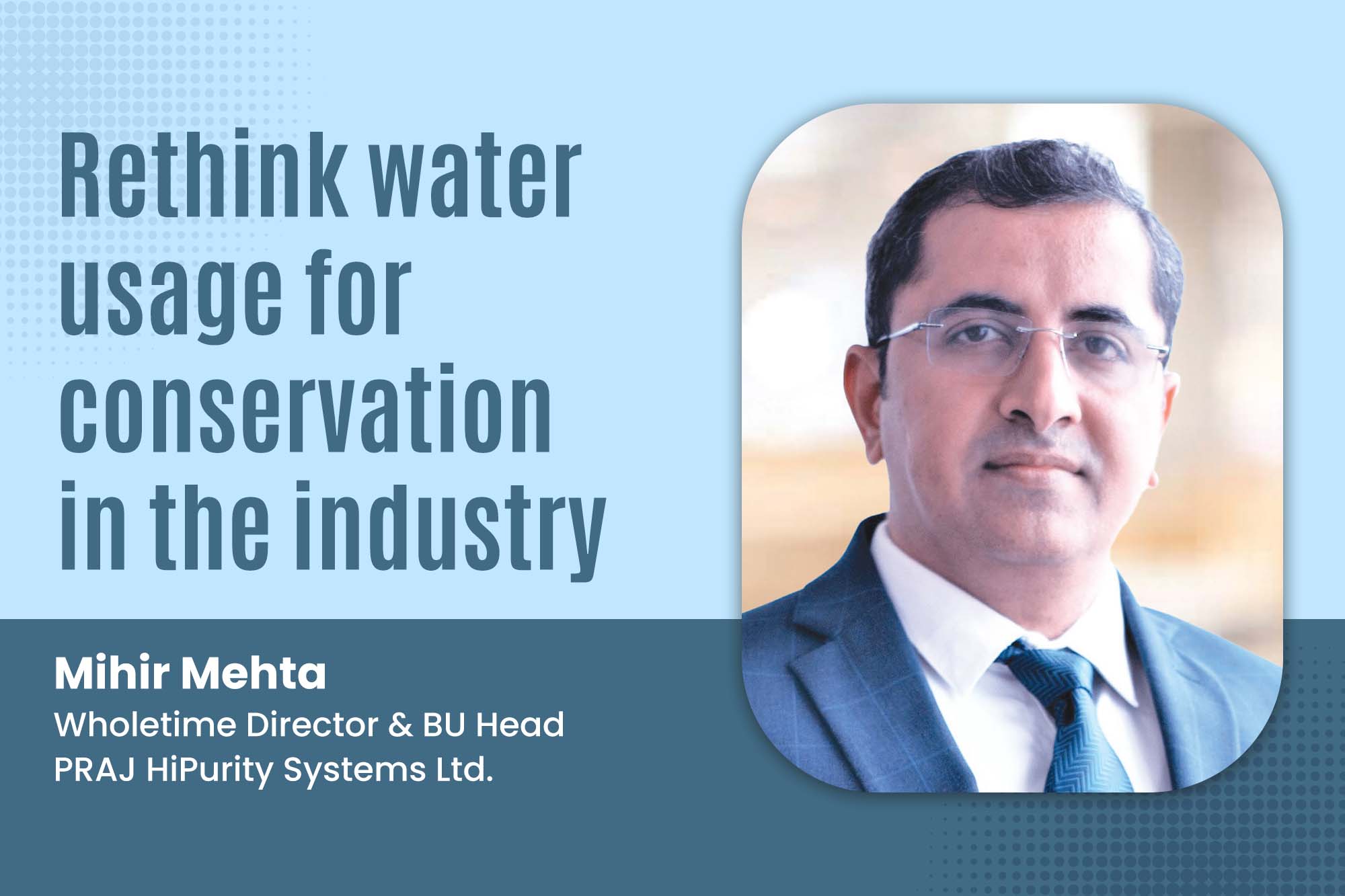Cosmo Ferrites leveraging opportunities in the EV industry
By OEM Update Editorial August 1, 2023 11:22 pm IST
Talking about the EV ecosystem, Vikas Puri, Business head, Cosmo Ferrites, says we remain dedicated to pioneering innovative solutions and playing a crucial part in shaping the future of sustainable transportation.
What specific strategies or technologies do your solutions employ to help manufacturing units reduce their carbon footprints and promote sustainability?
Our solutions have been purposefully designed to enable sustainability within manufacturing units. We specifically focus on reducing carbon footprints, implementing low-emission or zero-emission practices, and promoting individuals’ health, safety, and well-being. Firstly, we prioritise the reduction of carbon footprints by incorporating environmentally conscious practices and technologies. We actively work towards reducing greenhouse gas and toxic emissions by employing energy-efficient methods and renewable energy sources. Implementing these sustainable practices allows manufacturing companies to actively contribute to a greener future and demonstrate their commitment to environmental stewardship.
Furthermore, our solutions strongly advocate for adopting low-emission or zero-emission practices. Through close collaboration with manufacturers, we encourage the integration of clean and sustainable energy sources, such as solar or wind power, and using electric vehicles and machinery powered by renewable energy. These initiatives significantly reduce environmental impact, showcasing our dedication to sustainable operations within manufacturing units. Additionally, our solutions prioritise the well-being and safety of individuals by fostering a culture of protection and care. By prioritising the health and safety of the workforce, we ensure their well-being and enhance productivity and overall morale.
Can you talk about the quality management system at your facility?
At Cosmo Ferrites, we ensure that our Quality Management System is error-free to ensure the finest quality output. The QMS has four processes: Statistical Process Control (SPC), Lean Six Sigma, Total Preventive Maintenance (TPM), and Failure Mode Effect Analysis (FMEA). Following the techniques and practices, we reduced customer complaints (FY 2020-21 vs 2021-22) by 30 percent. For material characterisation & quality control, our manufacturing facilities are equipped with the following:
- XRF: for determination of material composition and purity level accurately
- Particle size analyser: for determination of particle size distribution in powder material
- Computerised BET surface analyser: for determining the specific surface area of powder materials
- Programmable climatic chamber: for evaluating temperature-dependent electromagnetic properties of ferrite materials in a wide range of -85°C to 180°C
- Computerised strength testing machine: for determining bending / tensile strength of sintered ferrites at a defined load profile
What practices are helping in reducing carbon footprints?
At our organisation, we have implemented a range of practices that have significantly impacted reducing our carbon footprint. These practices are integral to our commitment to promoting sustainability and taking responsibility for the environment. Firstly, we have embraced energy-efficient technologies and processes across all operations. This includes adopting energy-efficient lighting systems and implementing smart energy management systems that effectively minimise our energy consumption. By reducing our energy usage, we decrease our carbon emissions and achieve tangible cost savings.
Furthermore, we have substantially invested in renewable energy sources to power our facilities. We have successfully installed solar panels on our premises and have established partnerships with local renewable energy providers to leverage wind energy. By transitioning to clean and renewable energy sources, we significantly reduce our reliance on fossil fuels, reducing our carbon emissions.
Furthermore, we have implemented waste reduction and recycling programs. We strive to minimise waste generation by implementing lean manufacturing practices and optimising our supply chain. We continuously monitor our environmental performance, set ambitious targets, and explore innovative solutions to enhance our sustainability efforts further and minimise our environmental impact.
- Installation of solar panel– Approx. 2500 Kw-hr electricity generated daily.
- Usage of LPG in place of diesel in ferrite processing– Approx. 125 kg diesel saved daily.
- Water recycling– Approx. 15,000 litres of water saved daily through recycling.
How Industry 4.0 & 5.0 do reshape manufacturing practices?
The convergence of Industry 4.0 and Industry 5.0 is reshaping the manufacturing landscape in India, bringing forth a new era of technological advancements and digital transformation. This convergence of technologies, including digital twins, artificial intelligence (AI), machine learning (ML), robotics, augmented reality (AR), and virtual reality (VR), is revolutionising the global market and how manufacturers operate. Digital twins, virtual replicas of physical assets, allow manufacturers to simulate and optimise processes, resulting in improved product design, predictive maintenance, and increased operational efficiency. MANUFACTURERS CAN MAKE DATA-DRIVEN DECISIONS through AI and ML algorithms, leverage predictive analytics, and optimise processes, leading to enhanced production lines, improved quality control, and reduced downtime.
How does the development of advanced ferrite materials at Cosmo Ferrites enhance electronic component performance?
Cosmo Ferrites is constantly upgrading its technology, focusing on developing advanced ferrite materials and products. The new series of products is committed to enhancing the performance of the electronic components. Ferrite materials operating at higher frequencies (MHz /GHz level) improve the system’s efficiency through miniaturisation and find their noble application in advanced electronic systems like AI.
What steps can be taken to address the challenges related to technological infrastructure, regulatory environment, and skilled labour in India’s manufacturing sector?
One of the primary obstacles to modernising manufacturing facilities in India is the need for more technological infrastructure. To boost the competitiveness of the manufacturing sector, it is crucial to establish a robust technological infrastructure that includes reliable communication networks, efficient transportation systems, and a skilled workforce. However, the availability of telecom facilities is predominantly concentrated in major cities, limiting access and connectivity for manufacturing units in remote areas. Insufficient infrastructure, including power supply and telecommunications, poses challenges to the smooth functioning of manufacturing operations and hinders sectoral growth.
Another significant challenge lies in the regulatory environment. India’s regulatory framework often involves complex processes and bureaucratic hurdles, which create barriers for businesses intending to establish manufacturing units. Despite some progress, India’s ranking in the ease of doing business has shown limited improvement, highlighting the need to streamline and simplify regulations to facilitate manufacturing activities. Addressing these regulatory challenges and fostering a business-friendly environment is crucial for attracting investments and promoting the growth of the manufacturing sector. Additionally, there is a need for more skilled labour, which presents a pressing concern. The education system in India needs to adequately adapt to the changing demands of the economy, resulting in a mismatch between available skills and industry requirements. Bridging the skill gap and cultivating a skilled workforce is essential for achieving self-reliance in manufacturing. Prioritising vocational training and implementing robust upskilling programs can help address this challenge, ensuring that the manufacturing sector has access to competent and qualified workers.
Overcoming these challenges requires a comprehensive approach that involves improving infrastructure, simplifying regulations, and investing in skill development initiatives. By effectively tackling these issues, India can create an enabling environment for modernising manufacturing facilities, fostering growth, and enhancing competitiveness in the global market.
How to get financial viability while implementing green manufacturing technologies?
Achieving financial viability while implementing green and environmentally friendly manufacturing technologies requires careful consideration of various strategies. Firstly, conducting a thorough cost-benefit analysis is crucial to assess the financial implications of adopting sustainable practices. This analysis helps evaluate upfront costs, ongoing expenses, and potential long-term benefits, enabling informed decision-making.
Another important approach is to explore government incentives and subsidies. Many governments provide financial support and tax benefits to encourage sustainable manufacturing. The government has implemented policy reforms and initiatives such as the Phased Manufacturing Programme and Production Linked Incentive Scheme to promote manufacturing in India. Taking advantage of these incentives can help offset initial investment costs and improve the financial viability of implementing green technologies.
Prioritising energy efficiency measures is key to reducing operational expenses. Companies can realise significant cost savings over time while aligning with green manufacturing objectives by adopting energy-efficient machinery, optimising production processes, and incorporating renewable energy sources. Collaboration with environmentally conscious suppliers is also beneficial. Engaging with sustainable suppliers can lead to shared resources, waste reduction, and optimised supply chain operations. Embracing a continuous improvement and innovation culture is essential to identifying cost-effective green manufacturing solutions.
Lastly, considering consumer demand for eco-friendly products and emphasising sustainability in market positioning can positively impact financial viability. Meeting consumer expectations and establishing the brand as a leader in sustainability can result in increased market share and potentially higher profit margins.
Which verticals do you see adopting these transformations as front runners?
Sectors such as the electric vehicle (EV) industry, experiencing remarkable growth, are expected to be the front runners in adopting transformative changes. The India Electric Vehicle Market, with a market size of USD 5 billion in 2020, is projected to grow at an astounding compound annual growth rate (CAGR) of over 44 per cent, reaching USD 47 billion by 2026 (2021-2026). India surpassed Japan to become the third-largest vehicle market in 2022, following China and the U.S.A. EVs offer significant environmental benefits by reducing carbon emissions and dependence on fossil fuels. The automotive industry, particularly in the passenger and commercial vehicle segments, is witnessing a shift toward electric mobility.
What specific technological advancements and solutions has your company developed in the onboard charging and offline charging segments?
We have undertaken significant initiatives at our company to capitalise on the expanding electric vehicle (EV) sector and contribute to its success. In the previous fiscal year (FY21), we observed a remarkable surge in EV sales, with 48,000 units sold. This number skyrocketed to 240,000 in FY22 and climbed to 440,000 last year. We anticipate even higher figures this year, showcasing the immense growth potential of the EV market. To align with the evolving demands of the EV sector, we have focused on two primary segments: onboard charging and offline charging. In the onboard charging segment, we are developing advanced plates that facilitate magnetic charging when vehicles are parked on them. This innovative solution offers convenient and efficient charging capabilities for EV owners.
Moreover, we have expanded our offerings beyond ferrite supply. We have taken a step further by incorporating wound components and manufacturing transformers as value-added elements. These transformers are supplied to tier-one organisations, including original equipment manufacturers (OEMs), to support the development of EV charging infrastructure. This strategic move allows us to provide comprehensive solutions for onboard and offline chargers, positioning us at the forefront of the EV sector’s growth. By actively participating in the EV ecosystem and supplying crucial components, we aim to leverage the vast opportunities the expanding EV market presents. Our focus on both onboard and offline charging solutions, along with our expanding customer base that includes tier-one organisations and OEMs, underscores our commitment to meeting the evolving requirements of the EV sector. As the EV market continues to flourish, we remain devoted to developing innovative solutions and playing a significant role in shaping the future of sustainable transportation.
Cookie Consent
We use cookies to personalize your experience. By continuing to visit this website you agree to our Terms & Conditions, Privacy Policy and Cookie Policy.




